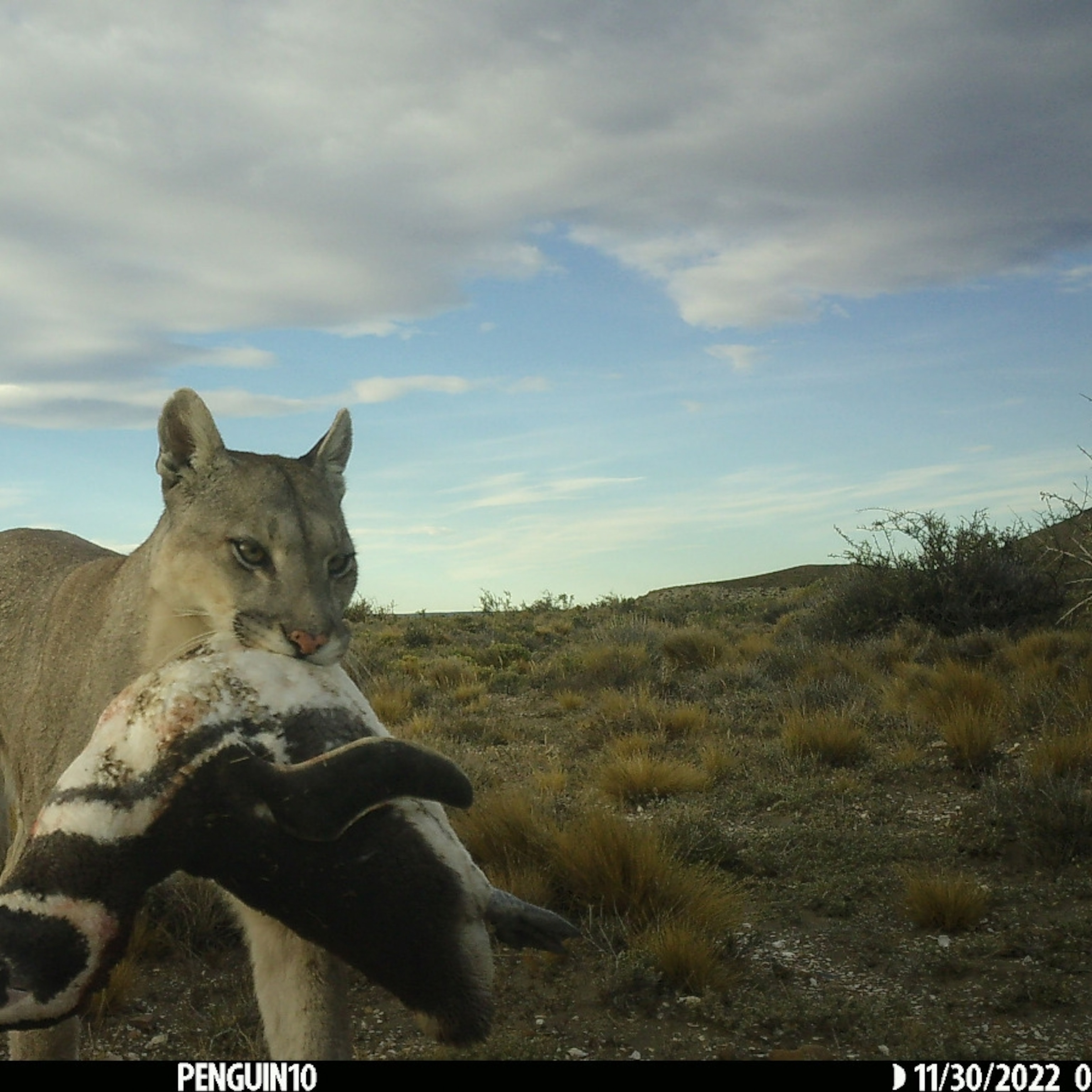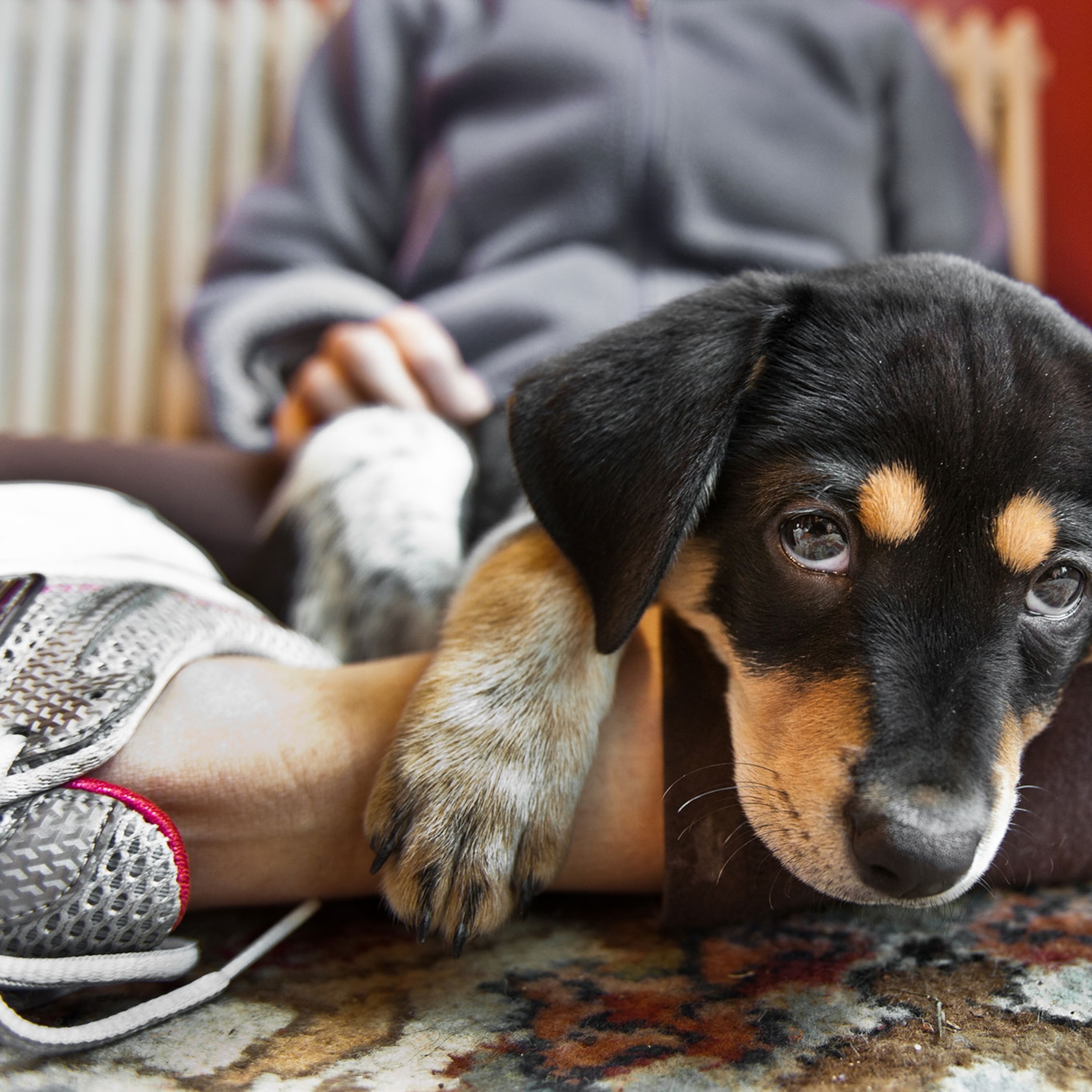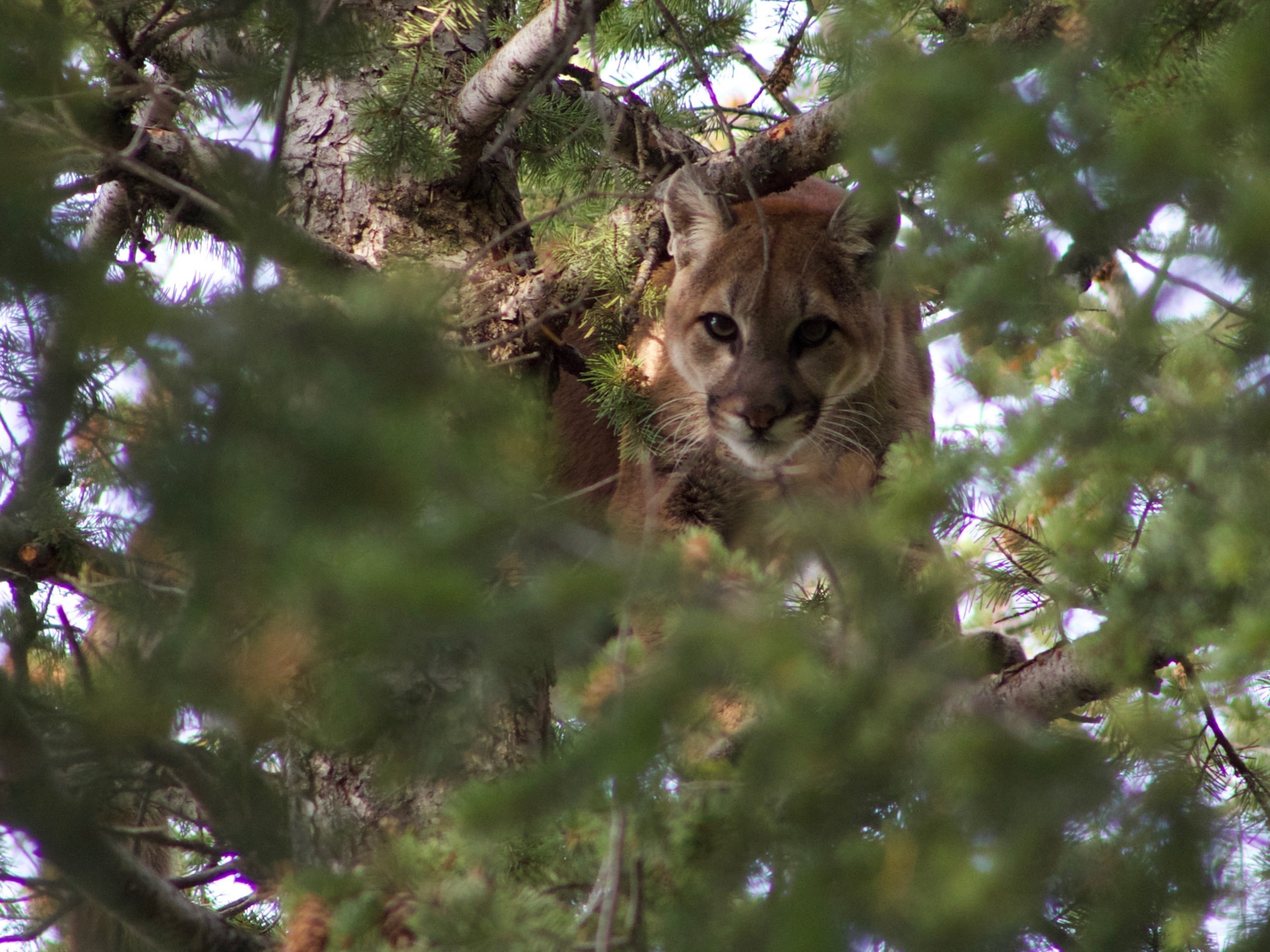Wildlife photographer Ingo Arndt endured freezing temperatures and blistering winds over a period of seven months between 2016 and 2018 to follow his favorite animal across the wild lands of Patagonia. He spent hundreds of hours lugging camera equipment and patiently waiting in the unforgiving elements for it to appear.
To him, the puma—the “ghost of the Andes”—is one of the most elegant and endearing animals he has seen in his life. The hardships were worth it, he says. His dedication and patience allowed him to photograph pumas mating, hunting guanaco (a llama relative), and engaging in other behaviors that few people have ever seen.

These images are published in the December issue of National Geographic.
It’s been nearly 20 years since he first laid eyes on the big cat, also known as a mountain lion or cougar. That first glimpse of a mother and her two cubs running across the road in Chile’s Torres del Paine National Park hooked him.

“This brief sighting burned itself deep into my memory,” Arndt says. “I fell in love with the the majestic and elusive puma.”
Not only did he walk away from his most recent experience with a collection of astonishing images, he also gained insight into man’s relationship with the noble puma—insight he hopes to share with the world.
Ghosts of the Andes
Pumas are solitary ambush predators. They stalk their prey from a distance for an hour or more before sneaking up from behind and crushing the animal’s throat with their powerful jaws. In Torres del Paine, which is thought to contain higher concentrations of pumas than anywhere else on earth, pumas feed primarily on guanacos.
Adult guanacos weigh around 200 pounds and can run up to 40 miles per hour, according to the San Diego Zoo. Catching them can be a difficult and dangerous endeavor. Pumas are just as fast, but they lack the endurance to sustain an extended chase. In fact, only one out of every five hunting attempts is successful, Arndt says. (See more: Watch puma cubs hone their hunting skills.)
Take the attempted guanaco hunt he documented.
The puma in these photos, a female called Sarmiento, stalked this guanaco for an hour and a half before going in for the kill, but her patience was not rewarded.
Life can be tough for a puma mother, Arndt says. Although Sarmiento walked away from her failed hunting attempt unscathed, others are sometimes not as lucky.
During his time in Chile, Arndt observed a female whose teeth had been knocked out by a bucking guanaco. The altercation left this puma, known as Colmillo, unable to hunt.
Being a puma in Patagonia can be pretty rough, says Justine Smith, a carnivore ecologist and postdoctoral researcher at the University of California, Berkeley.
“We often think of large carnivores as these fearsome predators who are the ‘top dogs’ of the ecosystems, but for many large carnivores that hunt big, powerful prey, like guanacos and elk, there is a lot of danger and risk involved. Carnivores are often hurt or even killed by prey when they are trying to hunt.”

Charismatic cats
Arndt spent most of his time Patagonia, which he calls “puma land,” following two female pumas and their cubs. These pumas, Sarmiento and Colmillo, had very different personalities. (Get a rare look inside the secret lives of cougar families.)
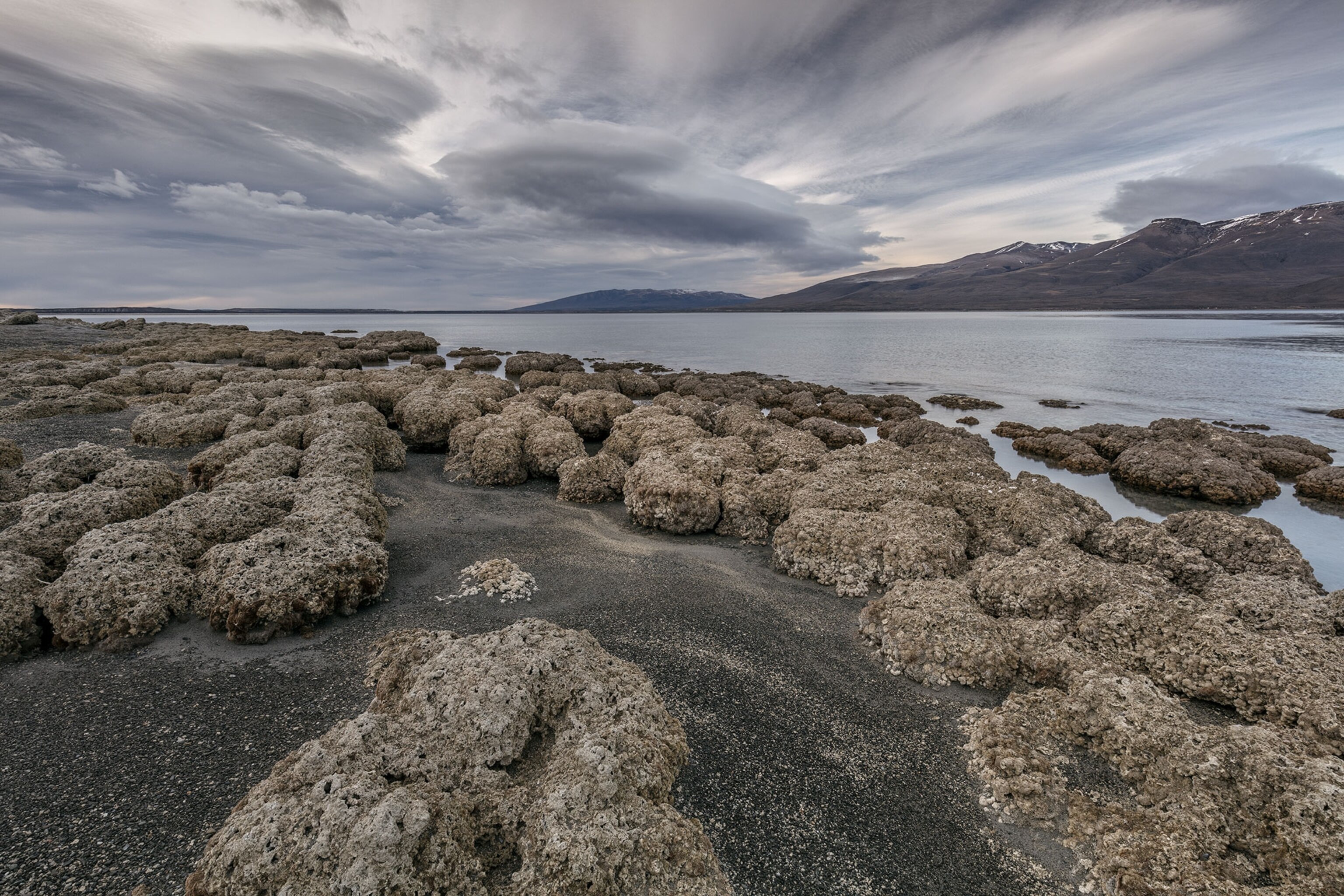

Arndt remembers Sarmiento as a fearless hunter and attentive mother, and Colmillo as a shy but generous creature who often willingly shared her kills with other pumas.
“Every puma has a different character,” Arndt says. “I’ve met a lot of shy pumas but also a lot of curious ones.”
Smith says this kind of temperamental variation between pumas is not unusual.

“That might be due in part to the fact the species as a whole is so diverse,” she says. “They can live in a lot of different habitat types and eat all kinds of different prey items. Even pumas within the same population will specialize in different prey items.”
Pumas are also likely more social than previously thought. Although little research has been done on puma behavior, some scientists have suggested that sharing food is a more of a social activity than one prompted solely by ecological and biological factors.
Getting the shot
Arndt says that the most import thing he learned during his adventure, which was funded by a grant from the Puma sportswear company, is that photographing pumas is best done at a distance. Pumas are averse to humans—and with good reason. Their propensity for hunting livestock has made them a target among ranchers. In Chilie, ranchers claim to kill as many as 100 pumas each year.
“When you’re photographing a wild animal, and you’re interested in capturing the essence of that animal, you don’t want to be impacting its behavior,” Smith says. “Photography provides this incredible window into the lives of animals, but if you’re disturbing an animal, or making it behave in a way it wouldn’t naturally, than you’re not really capturing what it’s like to live in that animal’s body.” (Learn more: Cougars are terrified of human chatter—and that's a problem.)
Arndt says he always tried to maintain a safe distance from the pumas he was photographing.
Although attacks on humans by pumas are extremely rare, they can result in serious injury and even death, so it’s best not to provoke them. “If you show them respect, they will show you respect,” Arndt says.
Pumas have roamed Torres del Paine National Park for decades, yet only one fatal attack on a human has ever occurred there.
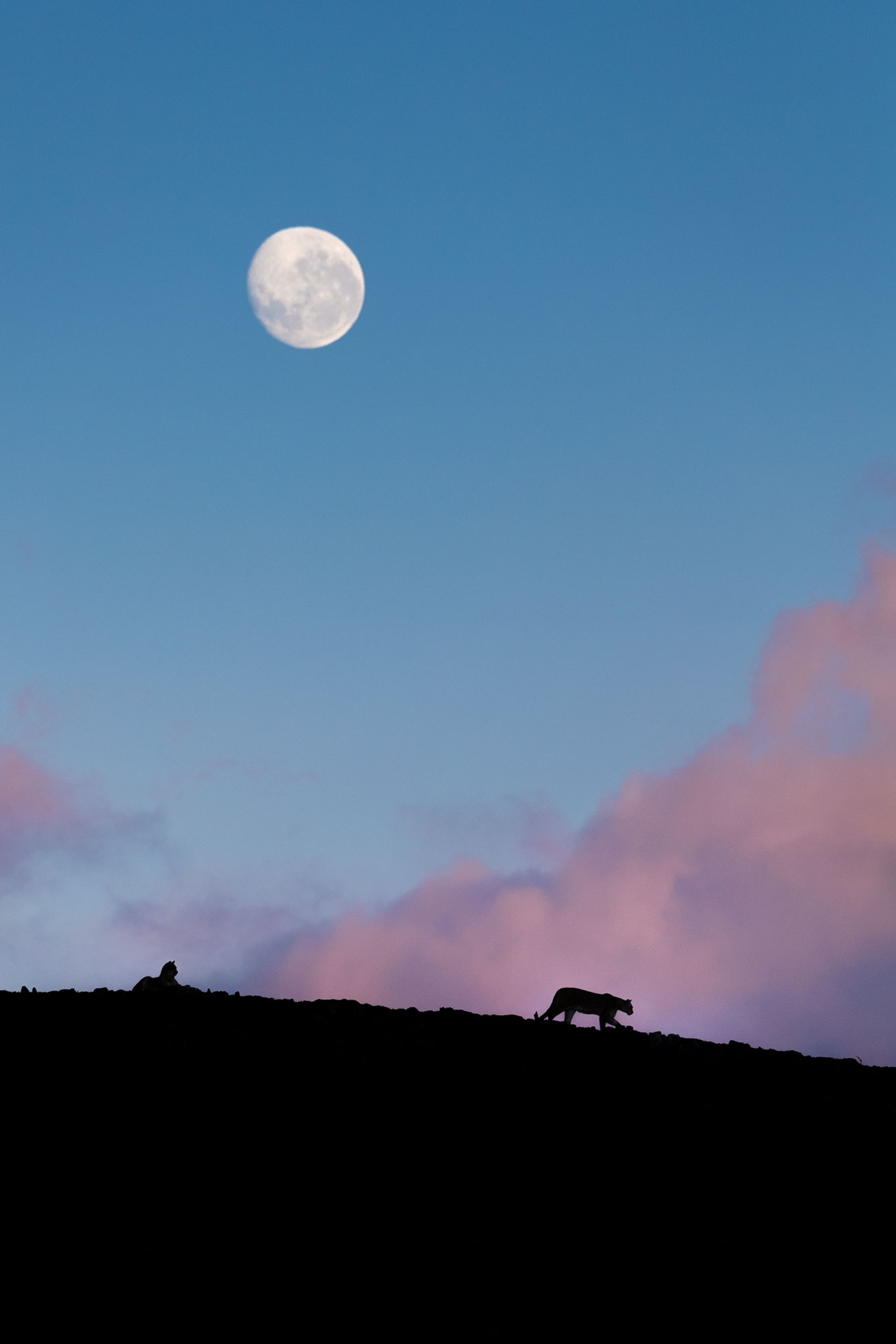
According to Arndt, it was this mutual respect that earned him the trust of his subjects.
“After a few months, some animals got used to me. I did not expect that. These pumas sometimes came very close to me. Those moments were a great privilege because they trusted me,” Arndt says.
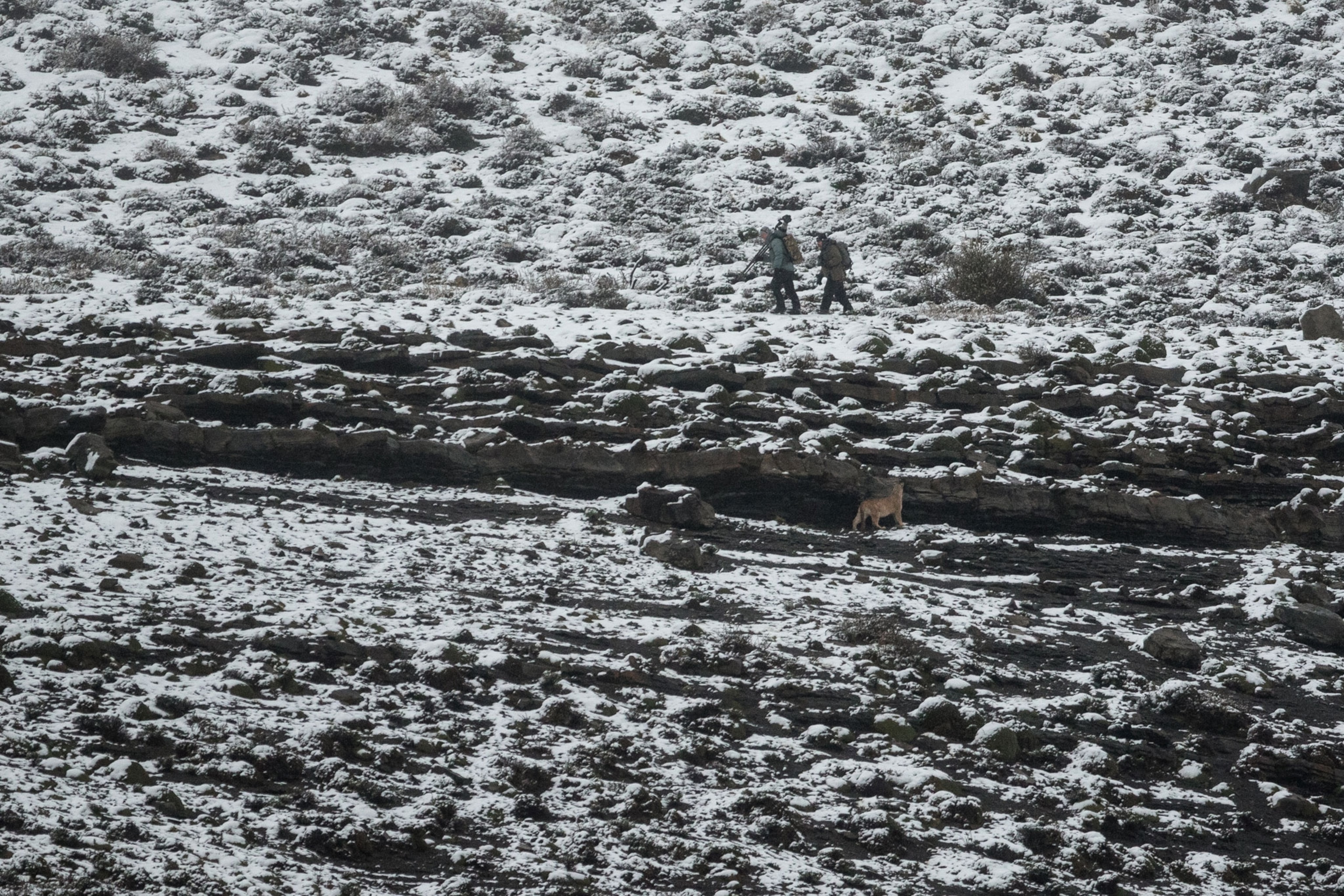
Arndt says that the best photos are taken by people who spend a lot of time on site and keep a respectful distance. (See photography tips from National Geographic photographers.)
“Be patient, don’t force anything,” he says. “When you see my pictures you should not forget that I have 30 years of experience in wildlife photography and was [in Patagonia] for a very long time. You can not get these kinds of pictures in a few days.”


